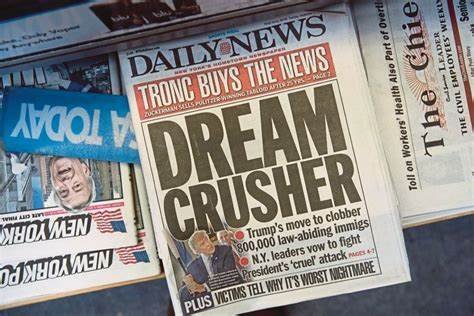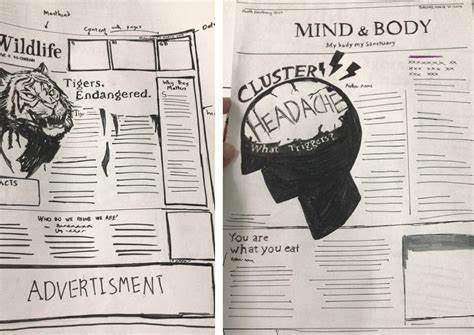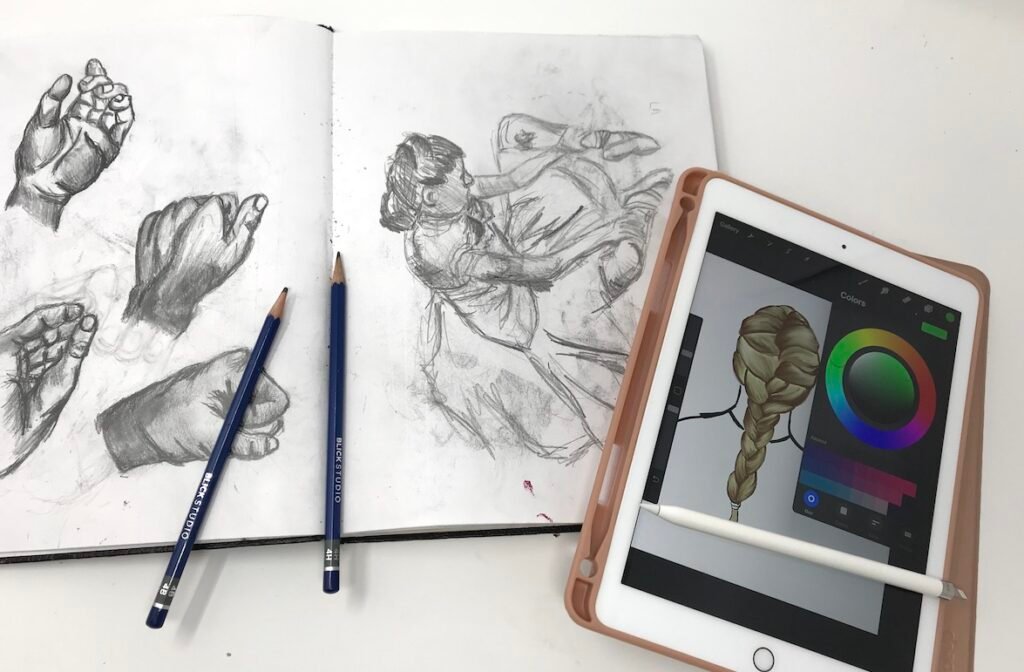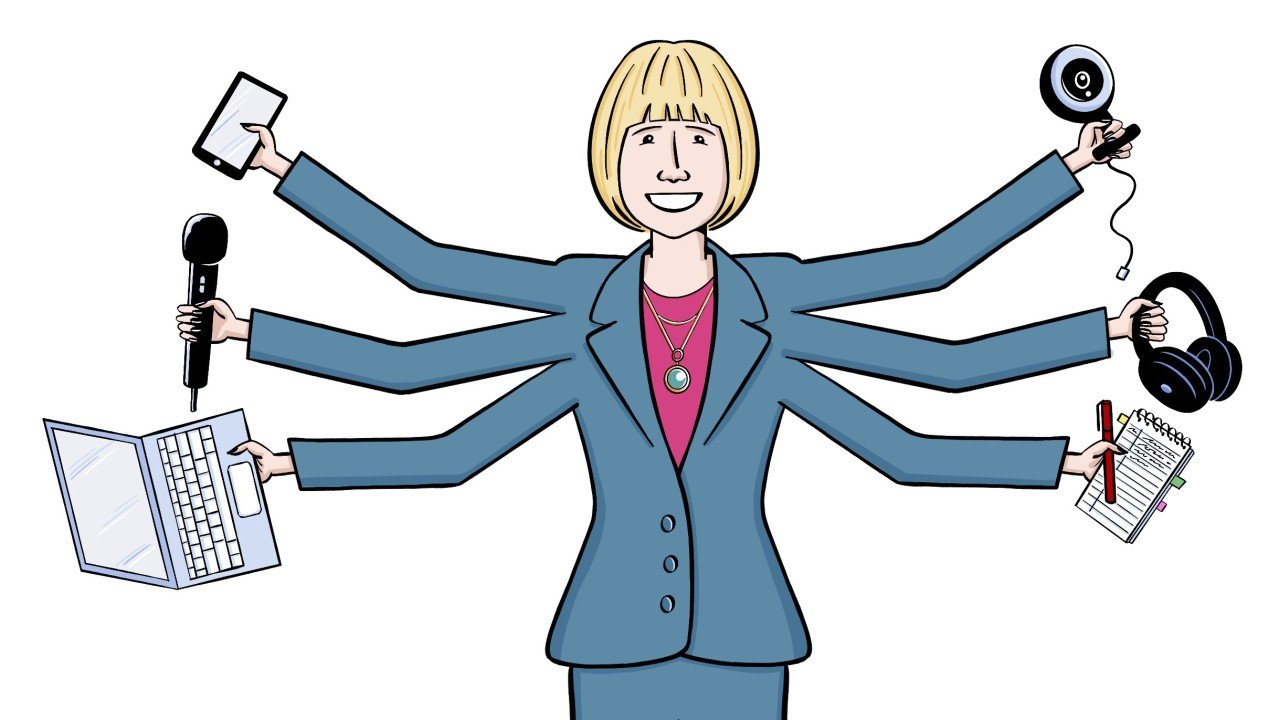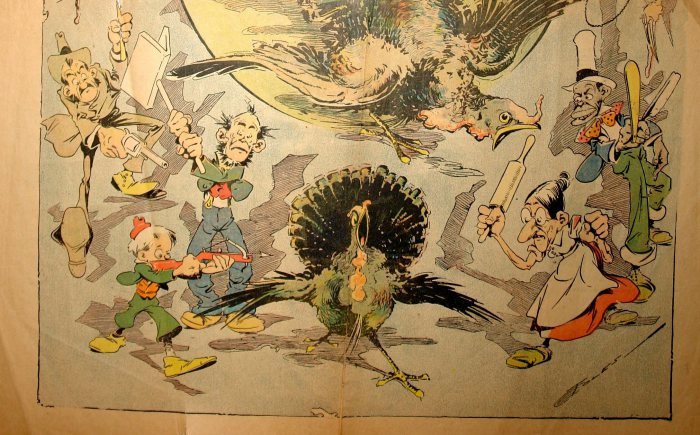Newspaper illustrators play an essential role in visual storytelling by creating artwork that complements, enhances, and sometimes even explains the articles and news stories they accompany. However, with this responsibility comes the need for ethical considerations to ensure that their illustrations remain accurate, respectful, and in alignment with journalistic integrity. These ethical standards are vital to uphold the credibility of both the illustration and the publication. Here, we’ll explore some key ethical considerations that newspaper illustrators must take into account.
Accuracy and Representation
One of the primary ethical considerations for newspaper illustrators is the need to maintain accuracy. Illustrations should truthfully represent the story, subject matter, and people involved. Misrepresentation, either through exaggeration or omission, can lead to a distortion of facts and mislead readers. For instance, when illustrating sensitive topics, such as political events or natural disasters, illustrators must ensure that their work accurately conveys the key elements without altering the context or misleading the audience.
Key Points:
- Respect the facts: Ensure that your illustrations reflect the events and issues discussed in the accompanying article.
- Avoid exaggeration: Caricatures or overly dramatized visuals should be used thoughtfully, particularly when dealing with real-life people or sensitive subjects.
Sensitivity to Cultural and Social Issues
Illustrators must be particularly mindful of how their artwork might be perceived by different audiences, especially when it touches on cultural, racial, or gender issues. What may seem like a harmless artistic choice could perpetuate harmful stereotypes or offend marginalized groups. Ethical illustrators must approach their work with cultural sensitivity, avoiding representations that may be seen as inappropriate, derogatory, or culturally insensitive.
Considerations:
- Cultural awareness: Illustrators should educate themselves on different cultures, practices, and identities to avoid misrepresentation.
- Inclusive visuals: Ensure that the representation of diverse groups in illustrations is done in a respectful and inclusive manner.
Avoiding Bias and Propaganda
As with written journalism, illustrations have the potential to reflect biases. Newspaper illustrators must strive to create artwork that represents the story’s subject matter in a fair, balanced, and neutral way. This is particularly important when illustrating controversial topics or polarized issues. Illustrators should be cautious of introducing their personal biases into their work, as this can skew public perception and damage the credibility of the publication.
How to Ensure Fairness:
- Neutral portrayal: Strive to depict all sides of an issue equally, especially in politically or socially charged stories.
- Questioning editorial influence: Work with editors to ensure that illustrations are not being used to promote a particular agenda or viewpoint.
Ethical Use of Imagery
When creating illustrations, especially in the digital age, it’s crucial for illustrators to ensure that they have the right to use any source materials, such as reference images or photographs. Copyright infringement is a serious issue in the illustration world, and using someone else’s work without permission can result in legal consequences and ethical concerns. Similarly, illustrators should avoid plagiarizing or copying the work of others and instead aim to create original, distinctive art that reflects their own style.
Ethical Practices:
- Respect copyright laws: Use only legally sourced or original images in your work.
- Proper attribution: Always credit sources if you’re drawing inspiration from existing works or reference images.
Transparency in Artistic Interpretation
While newspaper illustrations have the freedom to enhance a story through visual interpretation, illustrators must be careful not to alter or obscure the true meaning of a story. It’s important to avoid over-embellishing visuals or making artistic decisions that could mislead the audience about the facts. Illustrators should aim for transparency, ensuring that their work complements the story without distorting the underlying message.
Guidelines for Transparency:
- Subtle interpretation: Use your artistic license thoughtfully without misleading or distorting the story’s core message.
- Clarification with editors: Discuss any creative liberties with the editorial team to maintain a unified approach to the article’s tone.
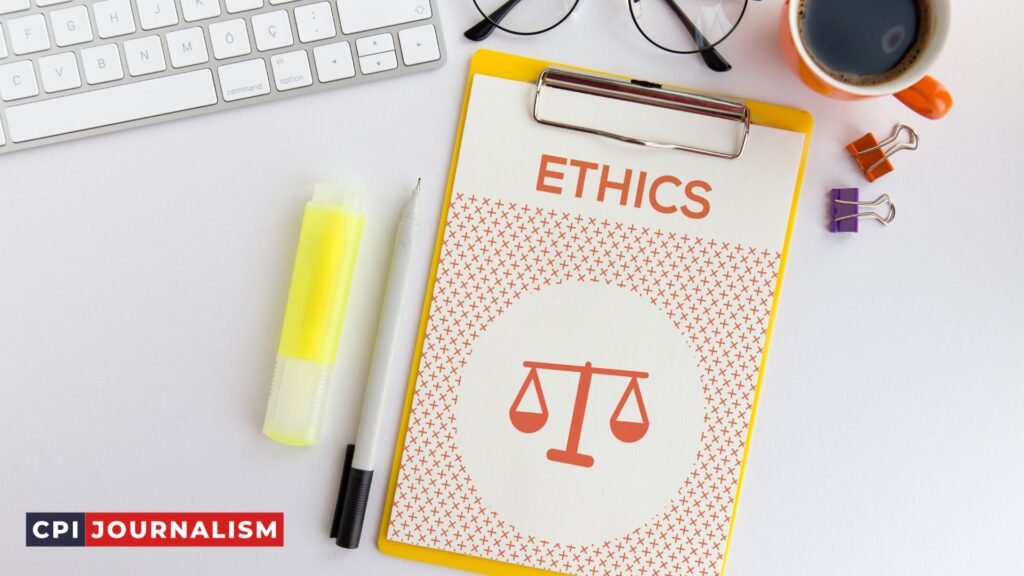
Respect for Privacy and Dignity
Illustrators often work with sensitive topics, such as crime, personal tragedies, or high-profile legal cases. In these instances, it is important to consider the privacy and dignity of the individuals involved. For example, when illustrating a piece about a crime or a tragedy, the artist should avoid sensationalizing the event or over-dramatizing the portrayal of victims or perpetrators. Victims, in particular, should be treated with respect and not objectified or depicted in a way that exploits their situation.
Key Considerations:
- Protecting identities: Avoid using illustrations that might reveal the identity of private individuals without permission.
- Sensitive depictions: Handle delicate subjects with care, ensuring your artwork doesn’t exploit vulnerable individuals for shock value.
The Impact of Digital Manipulation
With the rise of digital tools, manipulating images has become easier than ever. While digital illustrations are often used to enhance stories, they can also raise ethical concerns, especially if they’re used to manipulate images in misleading ways. For example, editing a photograph to remove context or altering an illustration to exaggerate details could lead to ethical breaches. Newspaper illustrators must be mindful of how they use digital tools and ensure that the integrity of the image is not compromised.
Digital Ethics:
- Avoid manipulation: Don’t digitally alter your illustrations in ways that mislead or misrepresent the facts.
- Transparency with editors: If you modify an illustration or incorporate digital effects, be transparent with your editorial team about the changes made.
Conclusion
The role of newspaper illustrators is both exciting and demanding, as it requires a deep understanding of art, journalism, and ethics. Ethical considerations are at the forefront of a newspaper illustrator’s responsibilities, as they are tasked with ensuring that their work is accurate, respectful, and truthful. By adhering to ethical principles, such as accuracy, cultural sensitivity, fairness, and transparency, illustrators contribute to the credibility and trustworthiness of journalism, fostering a more informed and conscientious public.







